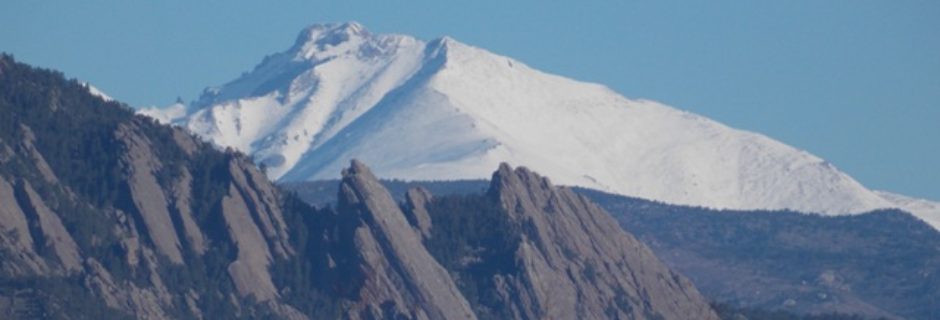In July 1859, William Holman, Earl Hamilton, Daniel Pound and a party of prospectors crossed Kenosha Pass into South Park intending to punish Ute Indians for killing 5 prospectors from Gregory Gulch. On the banks of Tarryall Creek in Deadwood Gulch, the group raised color, with Daniel Pound rumored to have found gold as big as watermelon seeds. The Tarryall diggings were found, although perhaps not for the first time.
Read Article in PDF Format: Whiskey Hole for Destitute Prospectors
In 1930, the Colorado Springs Gazette published a different story about the origin of Tarryall. In this story, Tarryall creek was named by a group of prospectors who paused to ‘tarry’ on their journey west to California. These initial prospectors may have been the first gold seekers to raise color there.
None-the-less, rumors of placer deposits that yielded “nearly a pound of gold a day for each man!” spread and soon the banks of Tarryall creek were flanked with tents. These initial inhabitants gained a reputation for oversized claims and inhospitable attitudes, earning the new settlement the name “Graball”. Disgruntled late prospectors, unable to stake a claim, traveled southwest to the junction of Beaver Creek and South Platte River and formed Fairplay—to mock Tarryall—promising newcomers all claims would be fairly staked.
Tarryall diggings would produce around 2,000,000 dollars in gold. Although gold was panned along the creek all the way into the mountains, a particularly rich placer claim was discovered at a place called Whiskey Hole. Perhaps Tarryall was trying to improve its image since it is rumored that several of the original prospectors set aside Whiskey Hole for destitute and down-and-out prospectors. These miners could always pan out the price of a drink, although the miner had to spend that gold in a local saloon. It is said that numerous destitute prospectors found enough gold at Whiskey Hole to pay their accounts at nearby saloons.
For a period of time, Tarryall was a bustling town where miners eventually brought families and settled. These settlers faced difficult living conditions but their stories indicate they seldom lost their sense of humor. In one story, a woman was churning butter when an Indian came to her cabin begging eats. He was curious about the butter so the woman took a ball, wrapped it in a cabbage leaf, and gave it to him. The Indian unwrapped the butter and placed the butter ball inside his blanket before he left. The woman always wondered what happened when he opened the blanket to find the butter melted.
Tarryall’s prosperity was not to last. By 1890, Tarryall was deserted and became another Colorado Ghost town.
- Colorado Mining Camps, Dave Southworth, 1997
- Historic Tarryall, Colorado Springs Gazette, 9-7-1930
- Ghost Towns of the Colorado Rockies, Robert L. Brown, 1968
- I Never Knew That About Colorado, A Quaint Volume of forgotten Lore, Abbot Fay, 1997
- Colorado Springs Gazette, 9-7-1930
